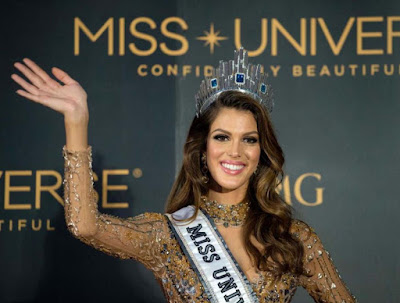Ghost Hunters
William James deserves more attention. It was James who brought together psychology, philosophy and physiology. It was James again who wrote one of the most important texts exploring religion, spirituality, mysticism, and devotion. However, according to Deborah Blum in her book Ghost Hunters: William James and the Search for Scientific Proof of Life After Death (Penguin Press, 2006), it was his exploration of psychical research, including mediums, ghosts, clairvoyance, and other psychic phenomena that almost ruined James’s credibility in his other fields.
William James was born in 1842 when human beings struggled to reconcile the philosophy of reason with the spirituality of religion. In America, the Civil War loomed on the horizon and would usher in an age of more advanced weaponry capable of killing greater numbers of combatants at a horrific rate. The world was plagued by disease, and many basic medical advancements were still years from realization. James, himself, would be one of the first to teach a psychology course and develop a psychology laboratory at Harvard in 1874. He was also a founder of the American Psychological Association, so when he became interested in investigating the supernatural, he had everything to lose. Yet he decided to use scientific research methodology to explore the occult, gathering some like-minded friends together to pursue his “mission to understand the world,” even when this mission led to very dark places.
James’s path became a grueling journey for him. Already plagued by health problems and depression, the first years of the investigation yielded only a number of frauds and their trickery. Very little of what James and his team investigated proved legitimate, but the group persisted in their work, even when the mainstream scientific community responded with skepticism and in some cases, outright ridicule. The ghost hunters had the scientific chops to withstand such derision. Blum writes that the team “included the codiscoverer of the theory of evolution, a physiologist from France who would win the Nobel Prize in Medicine, an Australian who became a founding member of the American Anthropological Society, a female mathematician who became principal of Cambridge University’s first college for women, a pioneer in British utilitarian philosophy, and a trio of respected physicists.”
Blum turns each of these distant historical figures into characters, although some are more developed than others. James is given a brief biography and the most development, but by no means is this a full treatment of his life. Others share the stage with him, the most prominent of whom are Frederic Myers and Richard Hodgson. As she takes us through the chronological plot of the story, the debunking and revealing of false prophets make for slow going. We see the frustrations of the team. They hear of a medium who seems legitimate, only to investigate and find obvious manipulations of “ghostly apparitions” during séances as well as sleight of hand or foot techniques causing tables to levitate. Several mediums do seem genuine at least in part, especially Eusapia Palladino in Europe and Leonora Piper in America. Palladino is a mixed bag of tricks; she is occasionally accurate with her clients and the researchers, but she also displays strange characteristics such as sexual arousal after a reading. Her séances are wild affairs where anything goes. Piper seems the more legitimate medium. She is reluctant to charge for her services, and appears uncomfortable with her abilities. The researchers discover that the most promising mediums cannot control their spirit voices, nor are they educated enough to understand some of the messages that come through.
The story picks up considerably in the last third of the book when the researchers themselves begin to die. Myers and Hodgson communicate persuasively from beyond the grave, sending messages no one could guess or fake. Yet there are some inconsistencies even here. The Hodgson control, as the spirit is called, displays little information about his own history, including his childhood in Australia. “The best results came from the trance personality’s knowledge of relationships and experiences that Hodgson had shared with people sitting in the room,” Blum writes, “making telepathy a better answer than spirit communication, suggesting that the medium might be picking up information from her visitors.” Mediums like Piper could be very good readers of other human beings and therefore able to sense what the sitter wants to hear. However, there is more here than being a good judge of character.
The mission of the group is probably best articulated by member Charles Richet, a French physiologist: “Our duty is plain. Let us be sober in speculation; let us study and analyze facts; let us be as bold in hypothesis as we are rigorous in experimentation. Metaphysics will then emerge from Occultism, as Chemistry emerged from Alchemy…”
Deborah Blum brings clear objectivity to her well documented research in this book. She articulates the findings of William James’s group and clearly delineates for the reader what to believe and what is bunk, even when the investigators are not sure themselves. What is clear is that the human mind and where the soul goes after death are frontiers still not fully explored, filled with possibilities and unknown or untraveled avenues. According to Blum, William James wished to “reconcile science and faith after all, and find that elusive path, as faint and as real as moonlight, leading to a universe in which all things were possible.”




Comments
Post a Comment